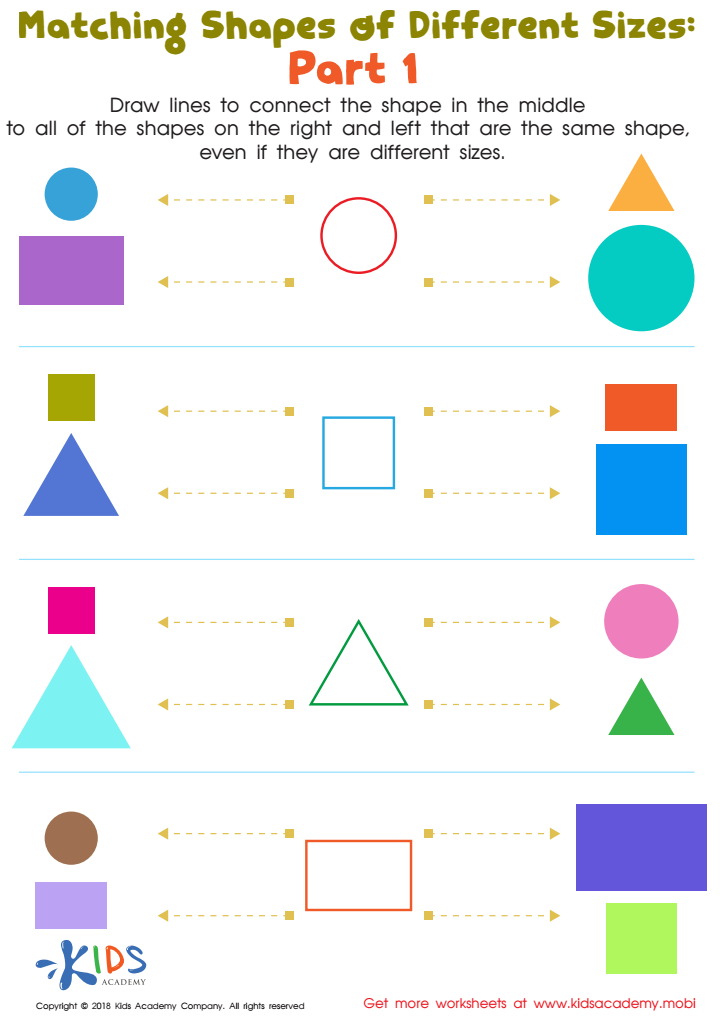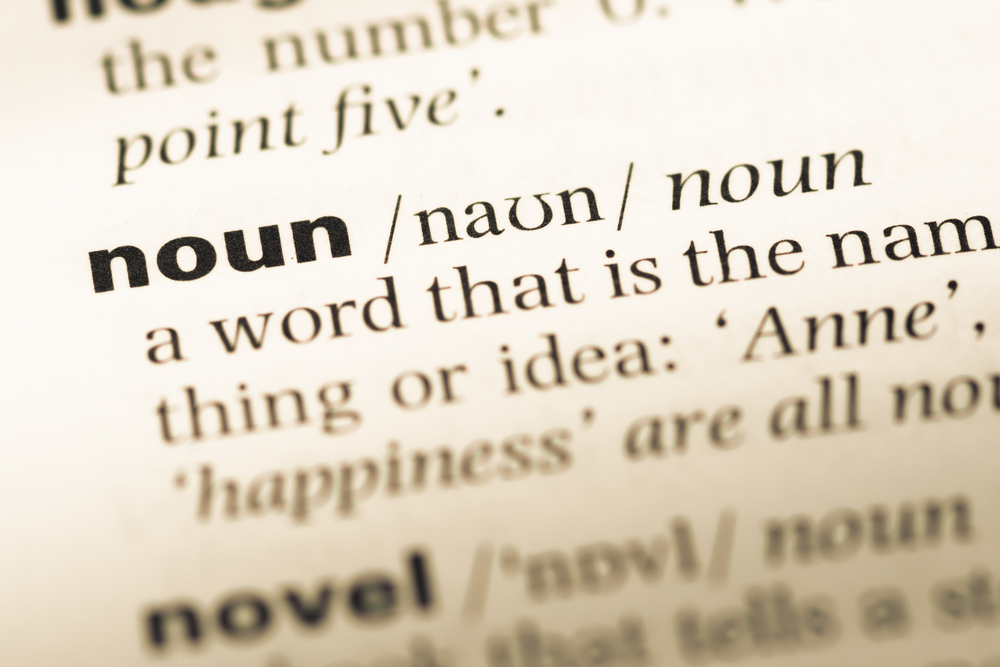Identifying polygons Worksheets for Kids
1 filtered results
-
From - To


Geometry: part 1 Worksheet
Question/Answer
How to test a Preschool student’s Identifying polygons skills?
To test a preschool student's ability to identify polygons, use flashcards or shapes cut out of paper. Show them various polygons (e.g., triangle, square, rectangle, pentagon) one at a time, and ask them to name each shape. You can start with basic shapes and gradually introduce more complex polygons to assess their understanding and recognition skills.
What are some effective activities to train students’ Identifying polygons skill when teaching them about Geometry?
To train students in identifying polygons, incorporate activities such as sorting shapes into groups, creating polygons using craft sticks or straws, engaging in polygon scavenger hunts around the classroom or school, using interactive geometry software for virtual manipulation, and drawing or tracing polygons. These hands-on activities enhance understanding and recognition of different polygons by exploring their characteristics and properties.
How does the mastery of the Identifying polygons skill affect a student's performance at an early age?
Mastery of the Identifying polygons skill at an early age positively impacts a student's performance by enhancing spatial reasoning, promoting understanding of geometric concepts, and fostering critical thinking skills. This foundational knowledge supports the grasp of more complex mathematical concepts, improves problem-solving abilities, and contributes to overall academic success in mathematics and related STEM fields.
 Assign to the classroom
Assign to the classroom












